Planting large timber forests not only brings economic benefits, but also contributes to enhancing biodiversity, mitigating climate change and preventing soil erosion. Recognizing this importance, over the years, Thanh Hoa province has implemented models and projects to develop large timber forests with high economic efficiency, contributing to realizing the dream of getting rich from the forest of farmers.

According to calculations by forest owners, the profit from large timber plantations is many times higher than that from small timber plantations. For example, 1 hectare of small timber acacia, with a cycle of 5 to 7 years, when exploited, only reaches 50 to 70 million VND, including investment and labor costs. However, with the same area, if the care cycle lasts from 10 to 15 years, the forest grower will sell at the value of sawn timber, the revenue will be raised from 250 to 300 million VND.
Mr. Le Van Hung, village 2, Xuan Du commune (Nhu Thanh) said that his family received a 9-hectare contract from the Nhu Thanh Protective Forest Management Board. Many years ago, this forest land area was mainly used by his family to grow acacia and cajuput trees with a cycle of 5 to 7 years. After harvesting, after deducting the invested expenses, his family's income was only 10 to 15 million VND/ha. Realizing that the profit from growing small timber forests was low, in 2023, his family switched to growing large timber forests, with a cycle lasting over 10 years.
Sharing about the benefits of this conversion, Mr. Hung said that large timber forests bring higher economic value. If converting small timber acacia forests to large timber acacia forests, with a care cycle lasting from 10 to 15 years, the economic value of acacia trees can increase 3 times. At the same time, switching to large timber forests also helps his family reduce many arising costs such as: labor, fertilizer, seeds...
Similarly, Mr. Nguyen Huu Trong's family, in Ap Cu village, Xuan Thai commune (Nhu Thanh), has been involved in forestry for many years, but their income from planting small timber forests has been decreasing. To increase the economic value of the planted forests and reduce investment costs, in 2006, his family switched to planting large timber forests. Up to now, his family's large timber forest is worth billions. On average, each acacia tree in his family's large timber forest has a diameter of 50cm or more, and the volume of wood is certainly higher than that of small timber forests. Mr. Trong shared: "Although the intensive cultivation time for planting large timber forests is long, in reality, forest owners only have to spend effort and care costs for the first 5 years, and the trees will grow on their own in the following years. Trees over 5 years old also limit weather risks such as storms, floods and storms."
Talking about the benefits of developing large timber forests, Mr. Luong Hong Sy, Head of the Department of Agriculture and Rural Development of Nhu Thanh district, said: Developing large timber forests is one of the correct policies of the Central and the province to increase the value of forests. On December 5, 2016, the District People's Committee issued Decision No. 4341/QD-UBND approving the Project "Developing large timber forests, protecting and restoring green lim forests in Nhu Thanh district for the period 2016-2021, with a vision to 2030". After 5 years of implementation, the whole district has converted more than 400 hectares from small timber forests to large timber forests; newly planted more than 3,700 hectares of large timber forests; protected and restored about 90 hectares of green lim forests.
In addition to economic value and increasing income for people, planting large timber forests also brings many environmental and social values. For example, the model of planting large timber forests combined with protecting water resources. This is the combination of planting native green lim trees and flower tiles to restore the natural forest ecosystem. In mountainous areas along rivers, streams, and protective forests, planting large timber forests is established as an ecological solution, both increasing income for forest owners and contributing to reducing the risk of soil erosion and protecting water resources. According to statistics from the Provincial Forest Protection Department, in the period of 2011-2015, the whole province planted more than 54,000 hectares of new forests. However, during this period, the area and output of planted forest wood mainly applied the method of planting small timber for business, with a cycle of 5-7 years in the form of extensive farming to make raw materials for paper and wood chips, so the economic value was low.
In order to improve the economic efficiency of planted forests, create a large concentrated wood material area to supply factories and wood processing villages, Thanh Hoa province issued Decision No. 4170/QD-UBND dated October 27, 2016, approving the Project "Developing large-scale timber plantations in Thanh Hoa province by 2020". As a result, in the period 2016-2020, the whole province has developed 56,000 hectares of large-scale timber plantations and maintained this area stably until now. The main large-scale timber plantations are Australian acacia, tung, and xoan ta. Of which, the forest area with sustainable forest management certification is maintained at more than 22,000 hectares in 7 districts: Thach Thanh, Quan Son, Lang Chanh, Vinh Loc, Cam Thuy, Nhu Xuan, Nhu Thanh, with the participation of 5,369 households, forming 7 linkage chains between forest owners, households, groups of households and wood processing factories. The average timber output reaches 900,000m3/year, the forestry industry's production value reaches more than 2,000 billion VND, an increase of over 800 billion VND compared to 2016 - the time before the project was implemented.
With the goal of maintaining and stably developing a large-scale timber plantation business area of about 56,000 hectares by 2025, meeting the demand for timber for processing and export. In order to expand the area and improve the efficiency of large-scale timber plantation in the province, in recent years, many models of intensive large-scale timber plantation in the districts of Lang Chanh, Nhu Thanh, Nhu Xuan, Thuong Xuan... have been and are continuing to be widely deployed.
Article and photos: Dinh Giang
Lesson 2: Open potential but still many "barriers"
Source: https://baothanhhoa.vn/phat-trien-rung-ben-vung-bai-1-loi-ich-kep-tu-rung-trong-go-lon-234193.htm


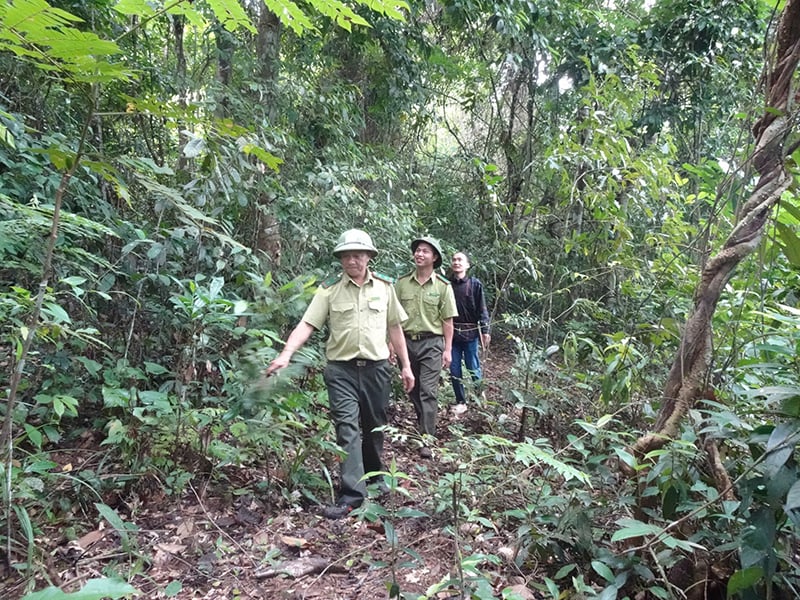
![[Photo] The two Prime Ministers witnessed the signing ceremony of cooperation documents between Vietnam and Ethiopia.](https://vstatic.vietnam.vn/vietnam/resource/IMAGE/2025/4/15/16e350289aec4a6ea74b93ee396ada21)
![[Photo] National Assembly Chairman Tran Thanh Man attends the summary of the organization of the Conference of the Executive Committee of the Francophone Parliamentary Union](https://vstatic.vietnam.vn/vietnam/resource/IMAGE/2025/4/15/fe022fef73d0431ab6cfc1570af598ac)

![[Photo] Welcoming ceremony for Prime Minister of the Federal Democratic Republic of Ethiopia Abiy Ahmed Ali and his wife](https://vstatic.vietnam.vn/vietnam/resource/IMAGE/2025/4/15/77c08dcbe52c42e2ac01c322fe86e78b)
![[Photo] General Secretary To Lam receives Ethiopian Prime Minister Abiy Ahmed Ali](https://vstatic.vietnam.vn/vietnam/resource/IMAGE/2025/4/15/086fa862ad6d4c8ca337d57208555715)
![[Photo] Prime Minister Pham Minh Chinh holds talks with Ethiopian Prime Minister Abiy Ahmed Ali](https://vstatic.vietnam.vn/vietnam/resource/IMAGE/2025/4/15/4f7ba52301694c32aac39eab11cf70a4)


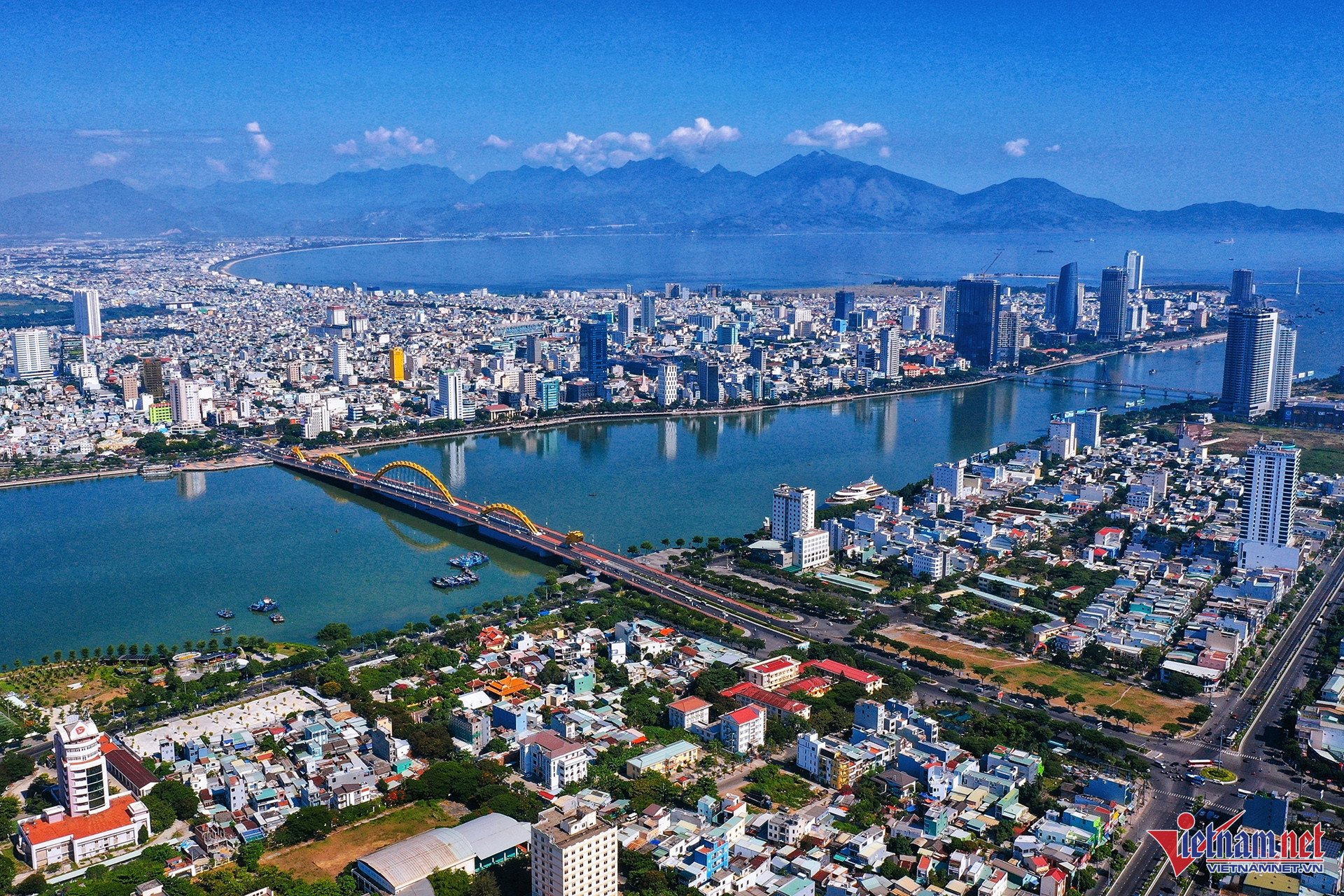





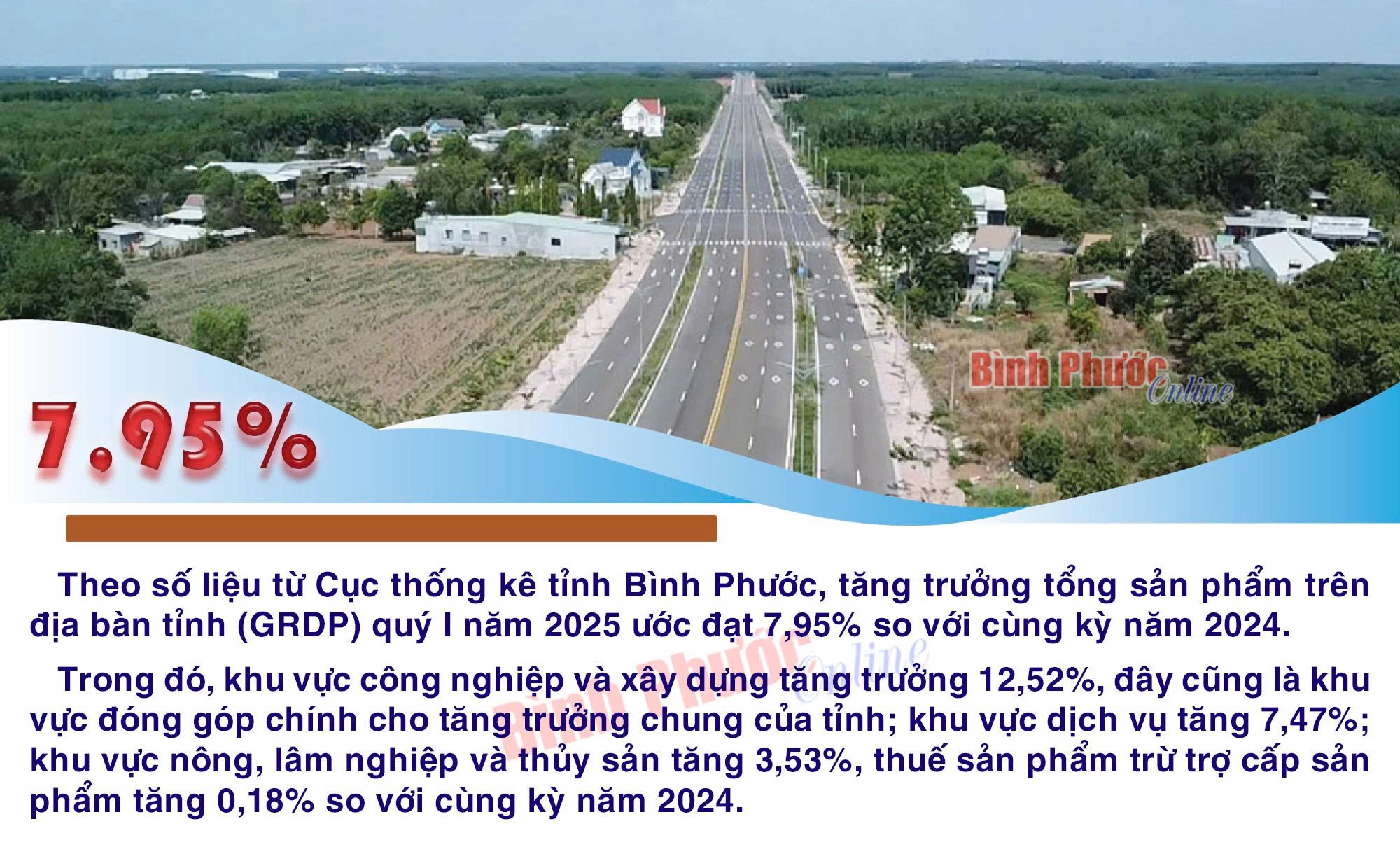









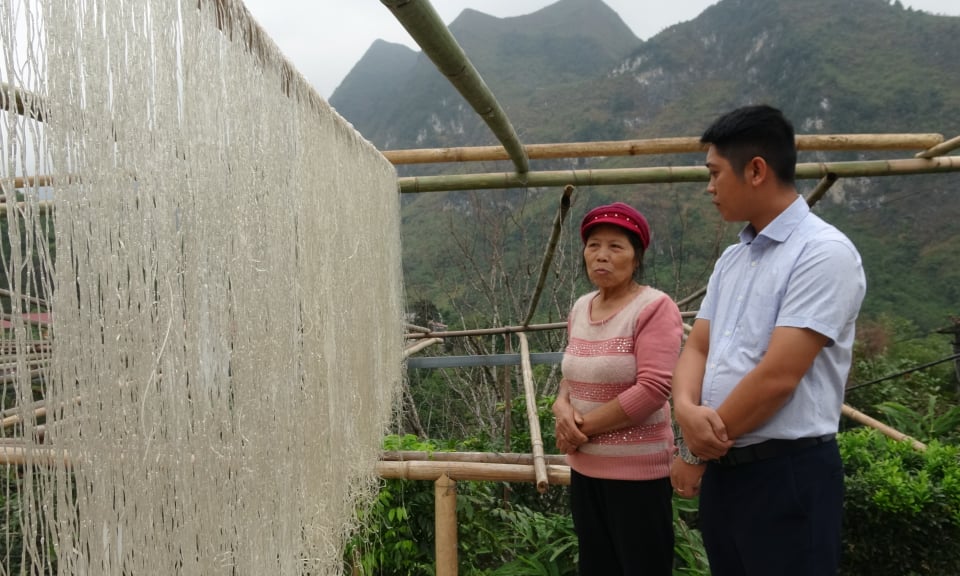





![[Photo] General Secretary To Lam meets with veteran revolutionary cadres, meritorious people, and exemplary policy families](https://vstatic.vietnam.vn/vietnam/resource/IMAGE/2025/4/15/7363ba75eb3c4a9e8241b65163176f63)




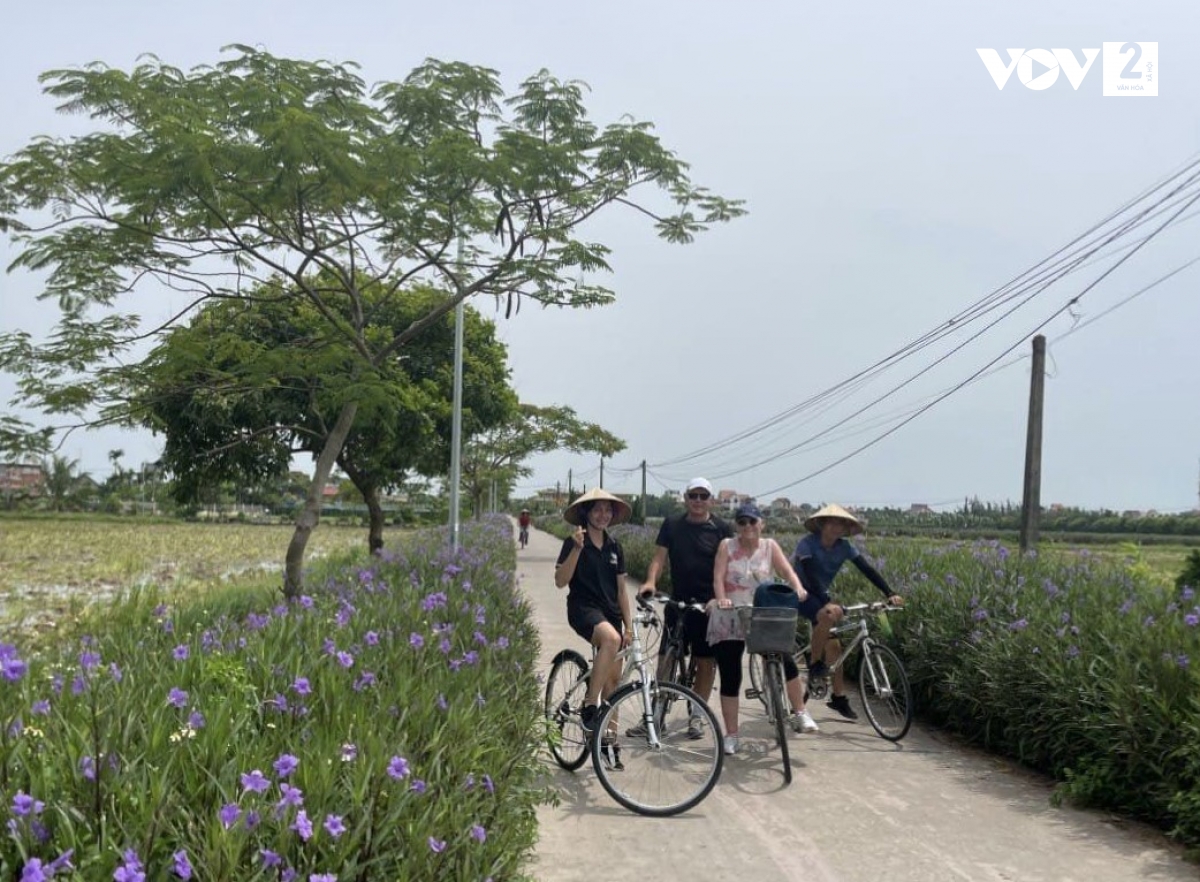

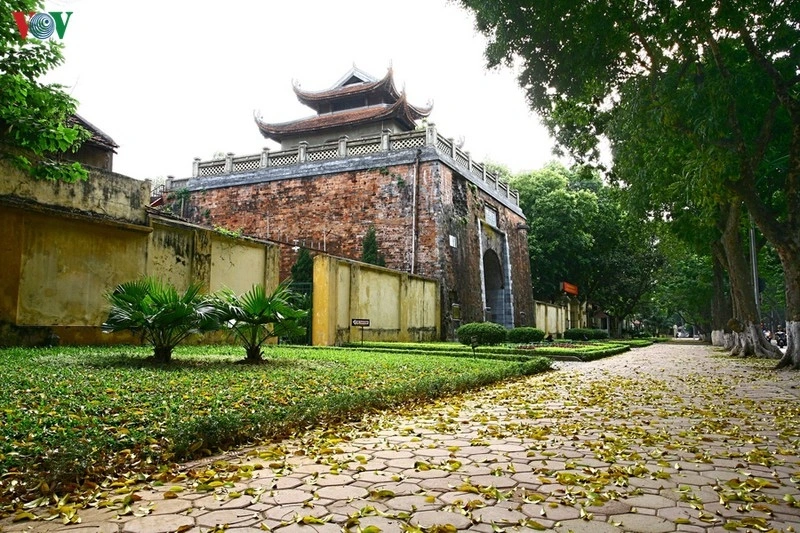























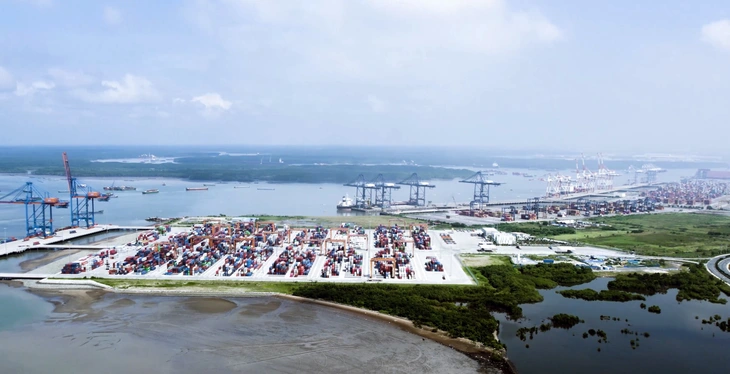







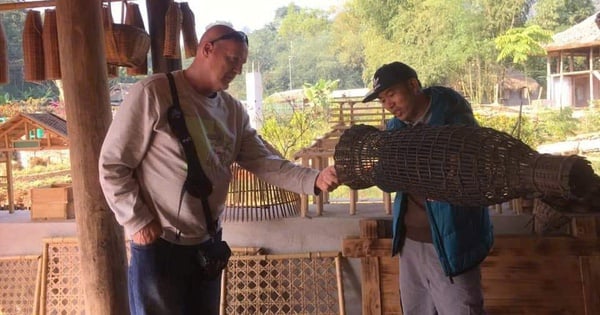










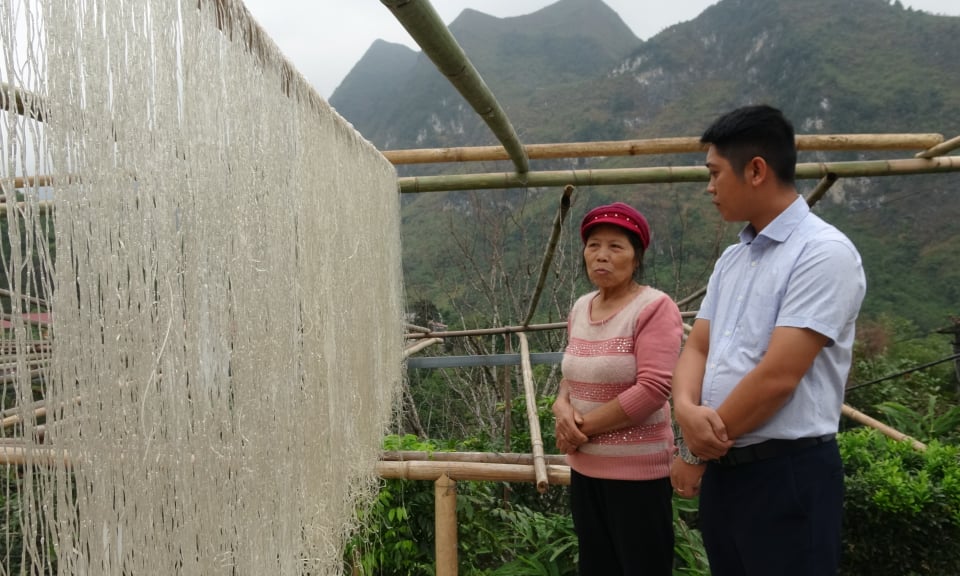

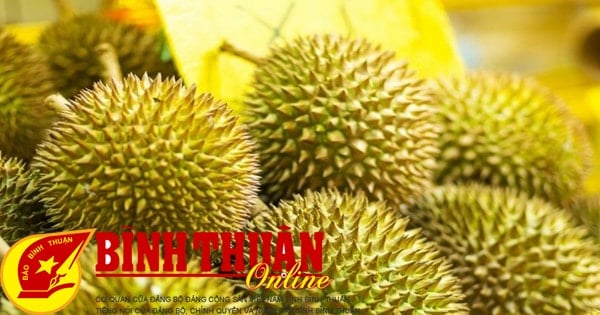









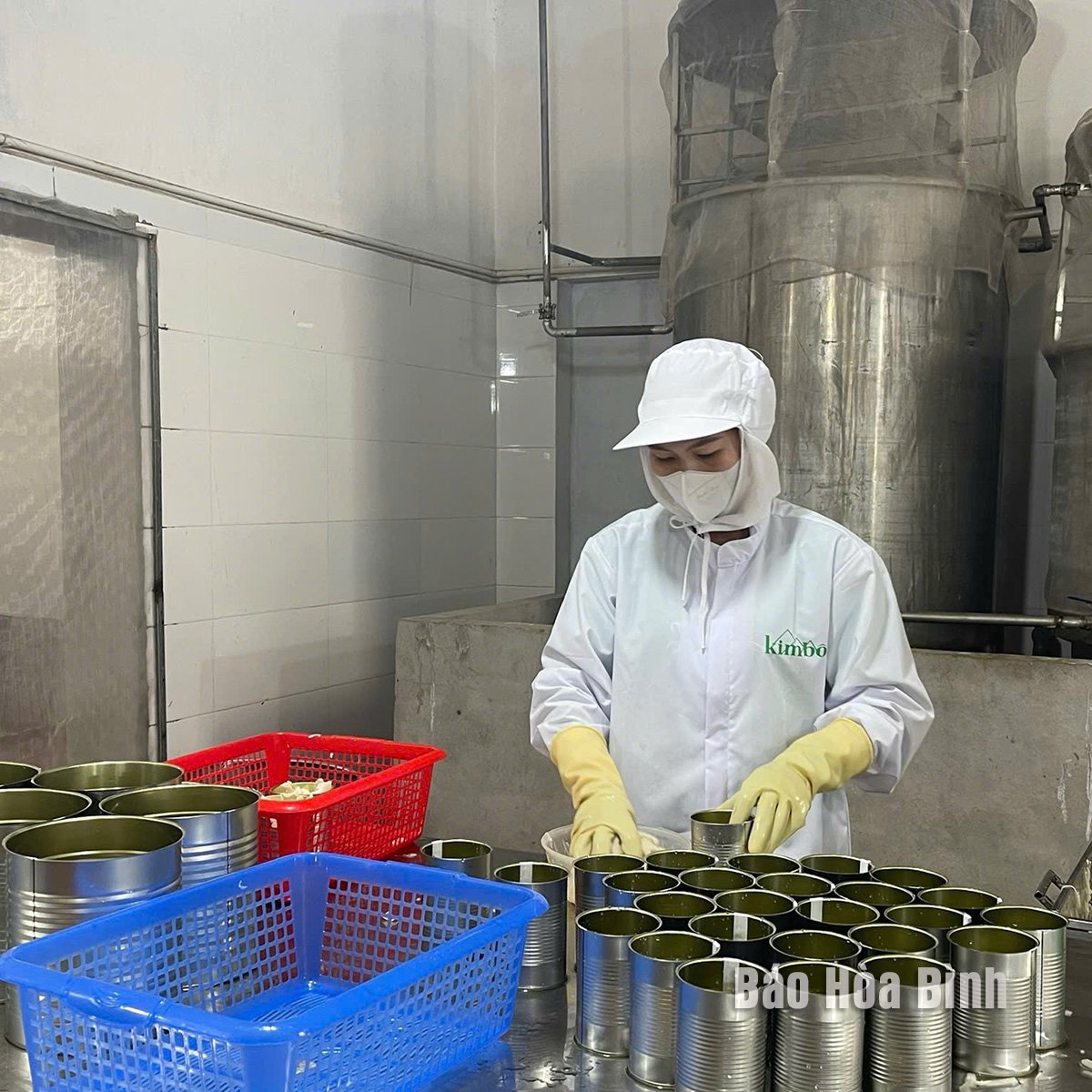

Comment (0)